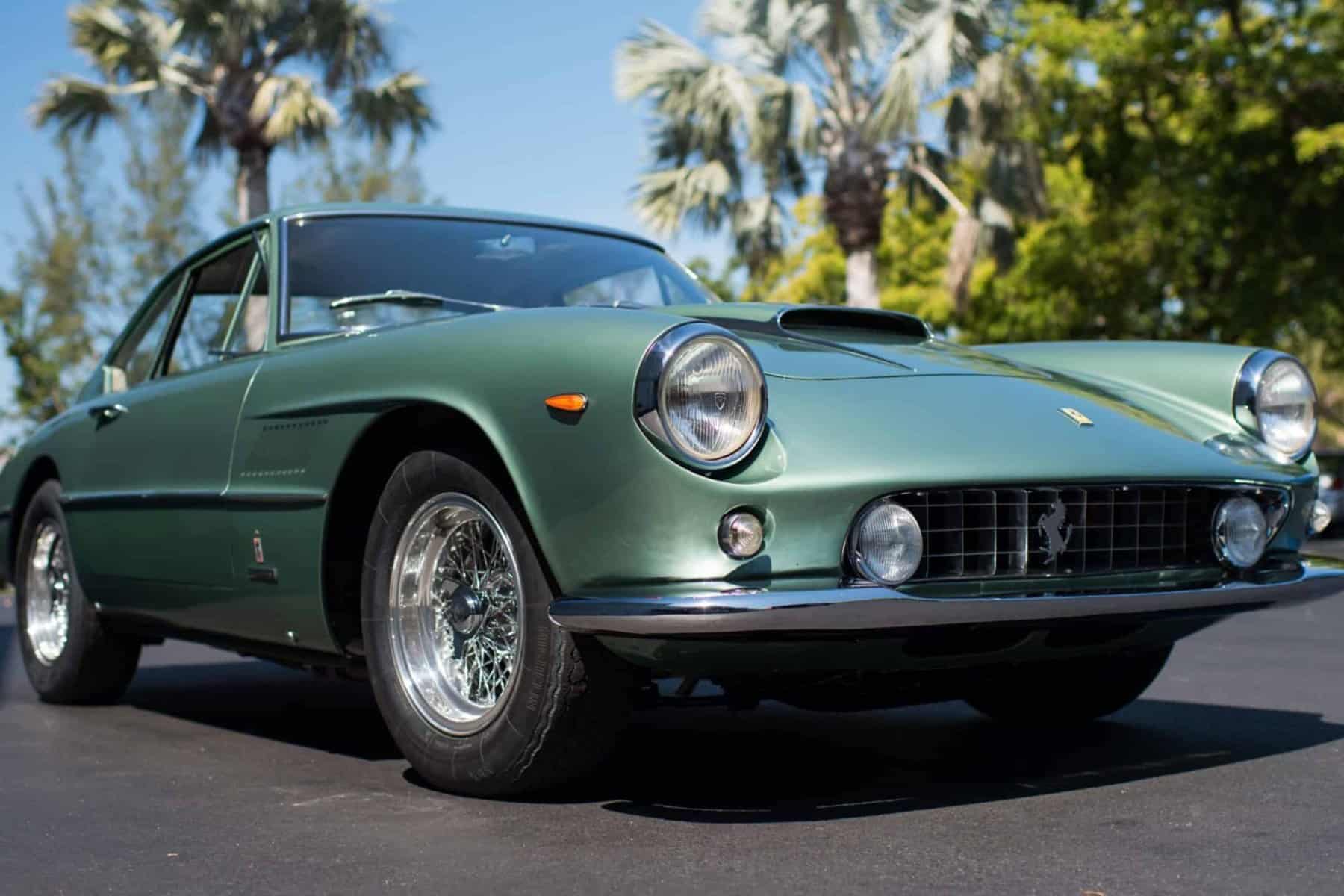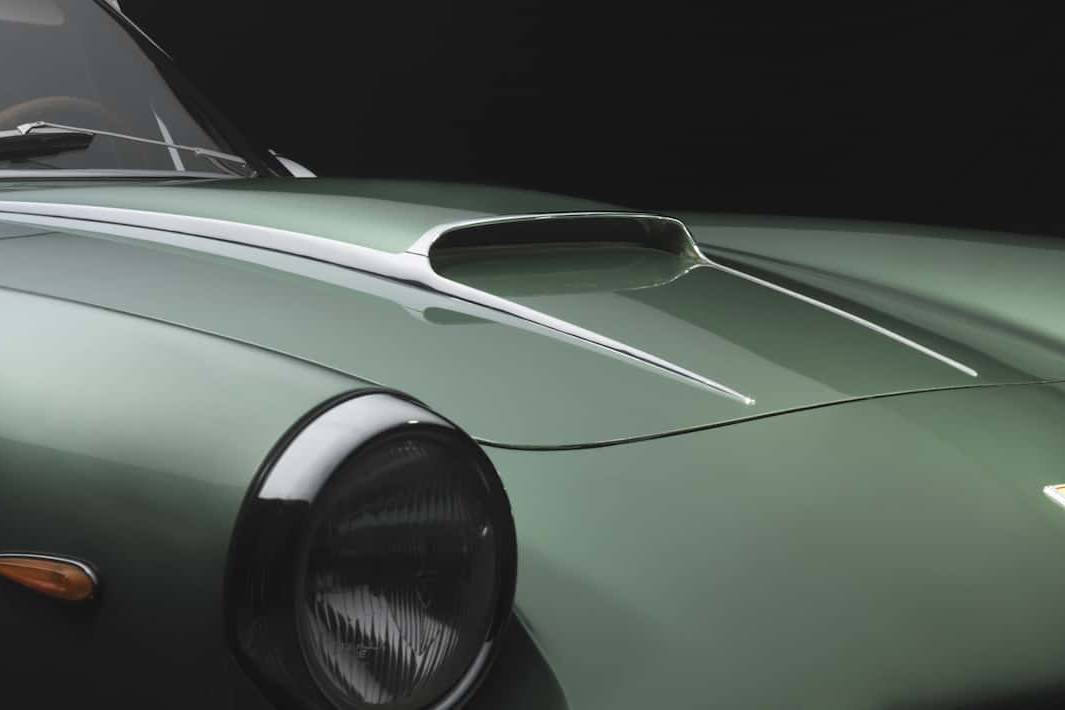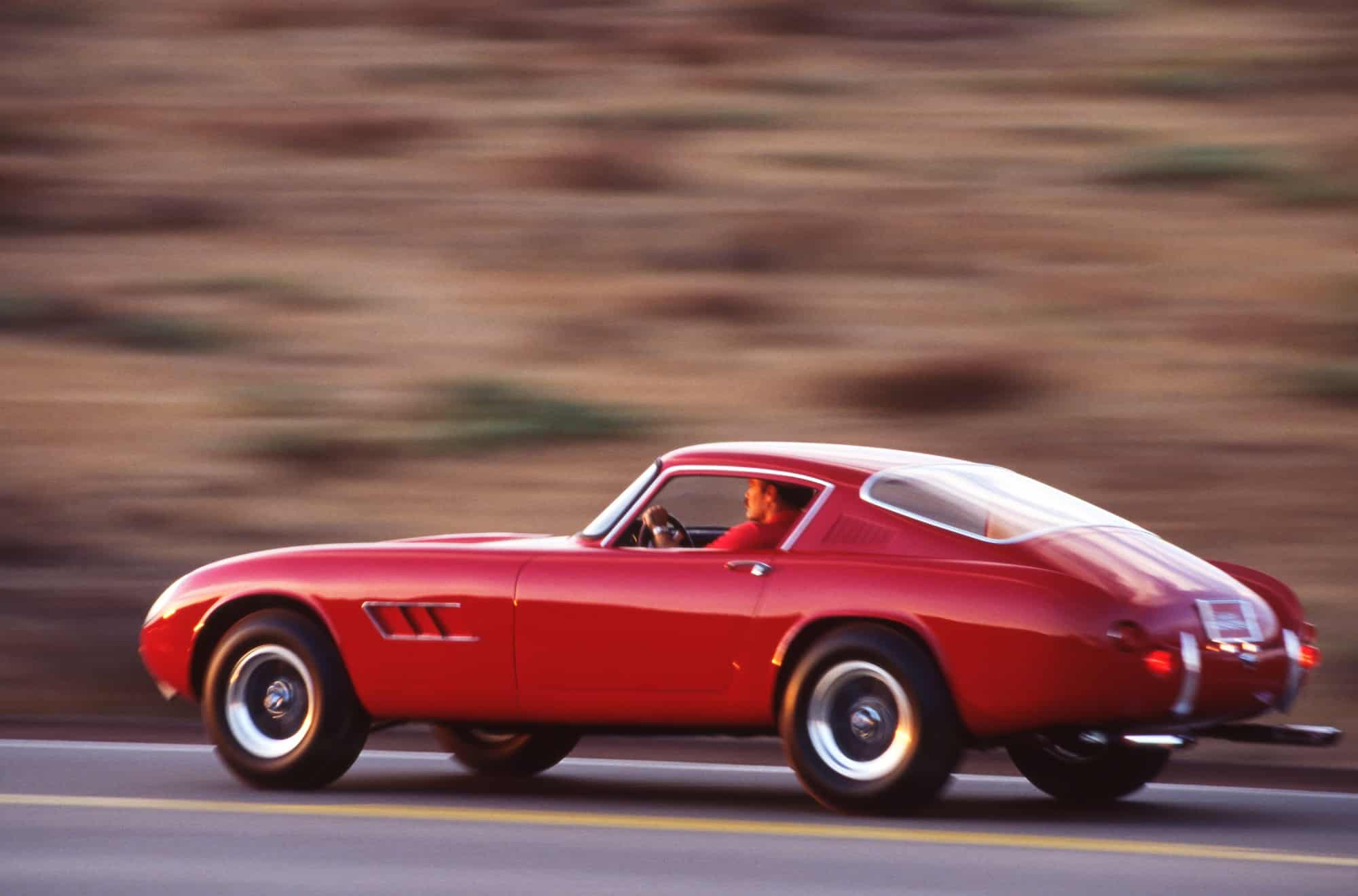
Scaglietti Corvettes: Italian Twist on America’s Sports Car
A ‘Vette chassis in Italian bodywork
BY: JOHN LAMM
Gary Laughlin of Fort Worth, Texas, an oil-well drilling contractor, raced Ferraris but suffered a crankshaft failure that led to not only a useless engine but a long and ever-pricier wait for its replacement. That got him to thinking about, of all things, Corvettes.
When all this occurred, back in 1959, Chevrolet’s sports car was no Ferrari. But, thanks to Zora Arkus-Duntov’s engineering team, it was improving year by year, especially under the hood. Which led Laughlin to wonder what it would be like to clothe a ‘Vette chassis in Italian bodywork.
He needed cohorts in this caper and enlisted a pair of fellow Texans, Jim Hall and Carroll Shelby. As for the correct carrozzeria, Sergio Scaglietti’s in Modena, Italy, seemed an ideal fit. Among the vehicles it was then creating for Ferrari was the beautiful 250 GT Tour de France. Laughlin struck a deal with Scaglietti to build a trio of coupes on Corvette chassis. His intermediary there, by the way, was an American, Pete Coltrin, who many of us knew as Road & Track’s Italian correspondent.
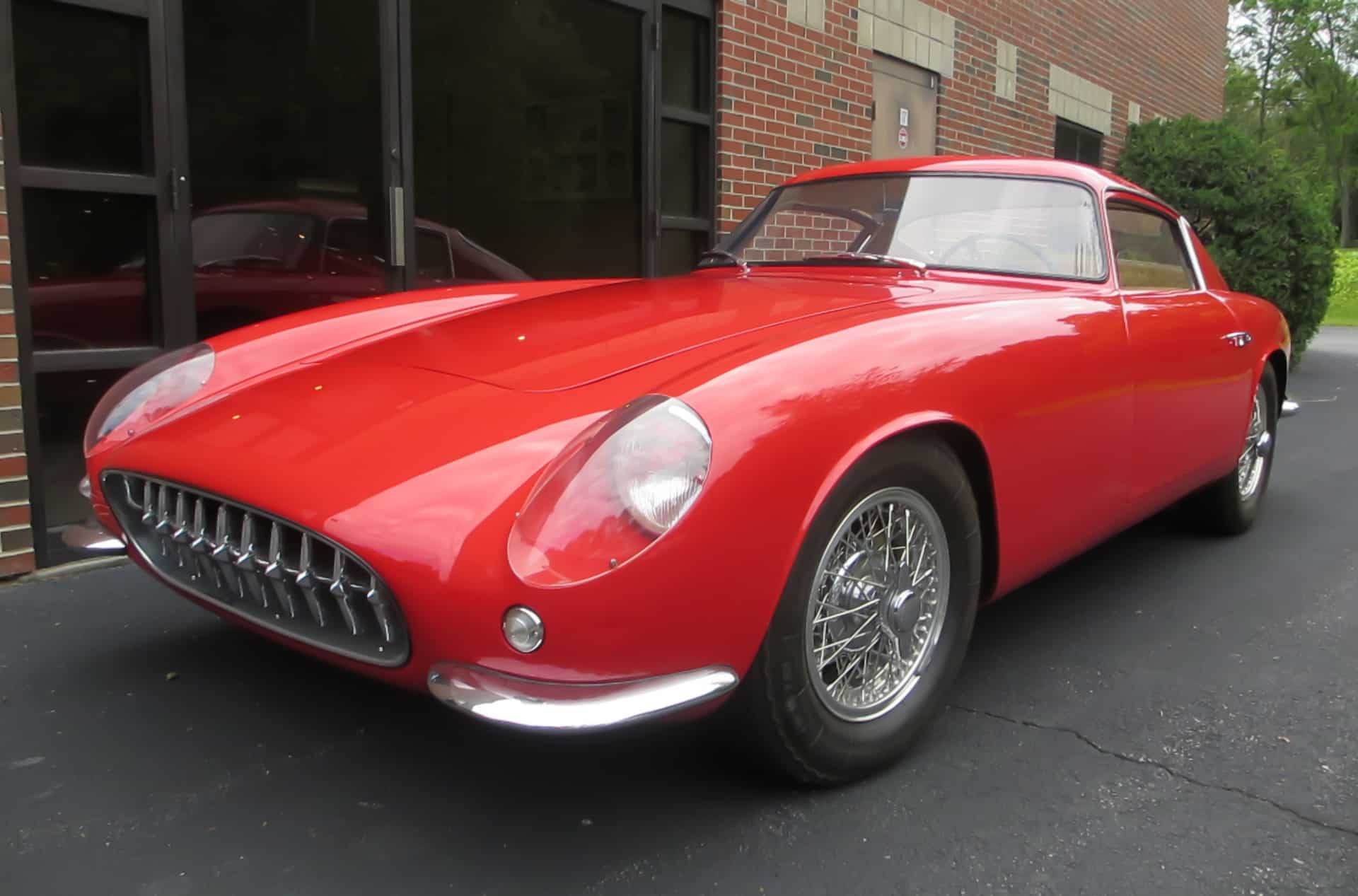
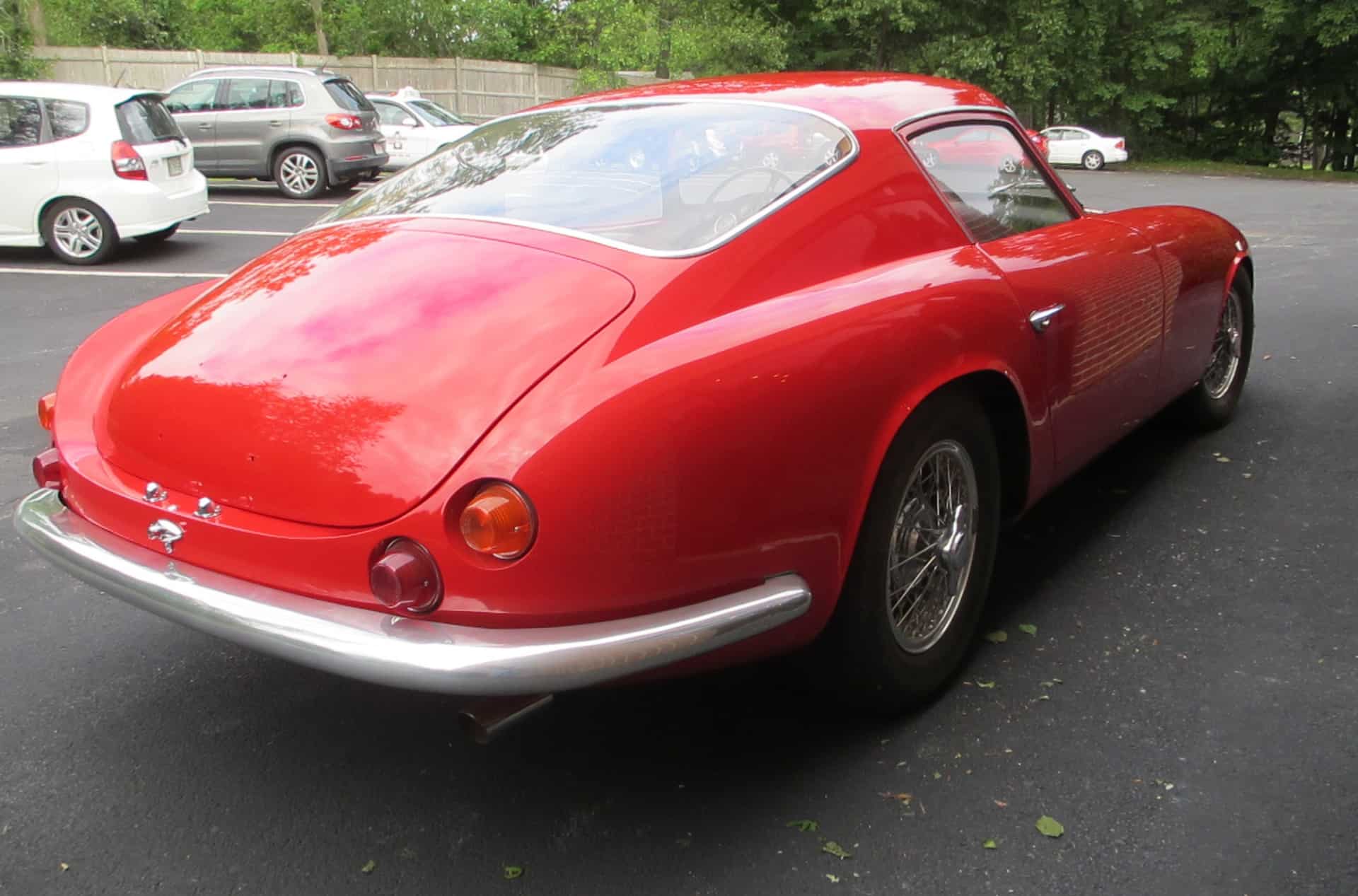
Where did the three stripped ‘Vettes come from? Seems the ever-persuasive Shelby was able to lean on Chevrolet chief Ed Cole for the cars, which were shipped to Italy via a Chevy dealership that was part of Laughlin’s far-ranging interests. The chassis meant for Laughlin’s version had a 315-horsepower Ramjet fuel-injected V-8 with a four-speed manual; the other two were fitted with twin-carb engines and automatic transmissions. (In later years, the resulting cars would get different engines and gearboxes.) It’s said the rolling chassis cost around $2,500 each.
That’s when the wait began. It was 18 to 24 months before all three cars were shipped back to Texas. Apparently, Scaglietti’s shop was busy, and there might have been a little pushback from a certain local customer as well.
Cliff Hansen, who owned one of the cars, spoke with another one-time owner who told him, “My understanding was that when the cars were over there, the No. 1 car was just about finished with the Corvette grille in and everything. No.2 and No. 3 were all together, no windshields in them and so on and so forth, but they were being done. The bodies were all sitting side by side.
“Enzo Ferrari walked into Scaglietti’s shop and said, ‘What are you doing?’ He says, ‘We’re doing three cars.’ Ferrari asked, ‘For who?’ Scaglietti said, ‘We’re doing them for a guy named Gary Laughlin, you know, three Texans: Gary Laughlin, Carroll Shelby and Jim Hall.’
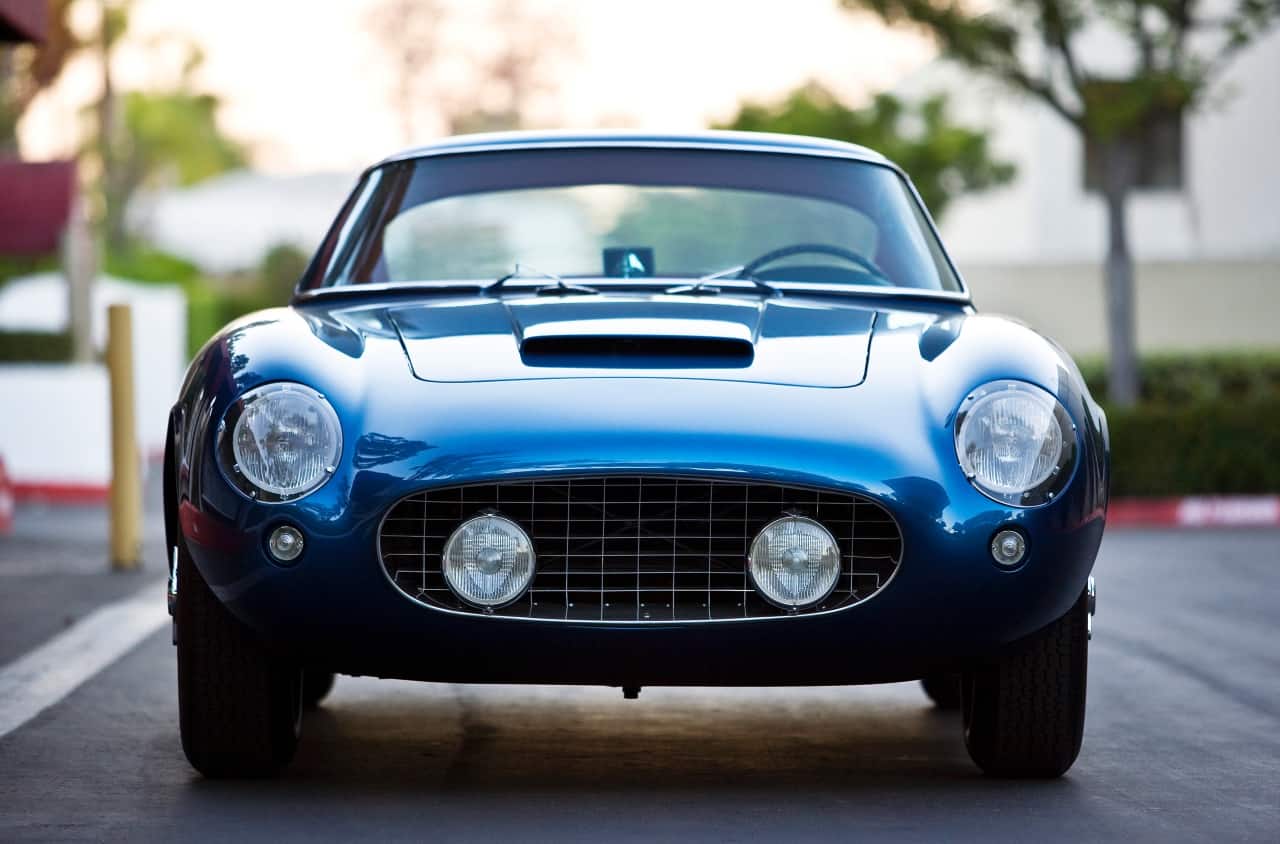
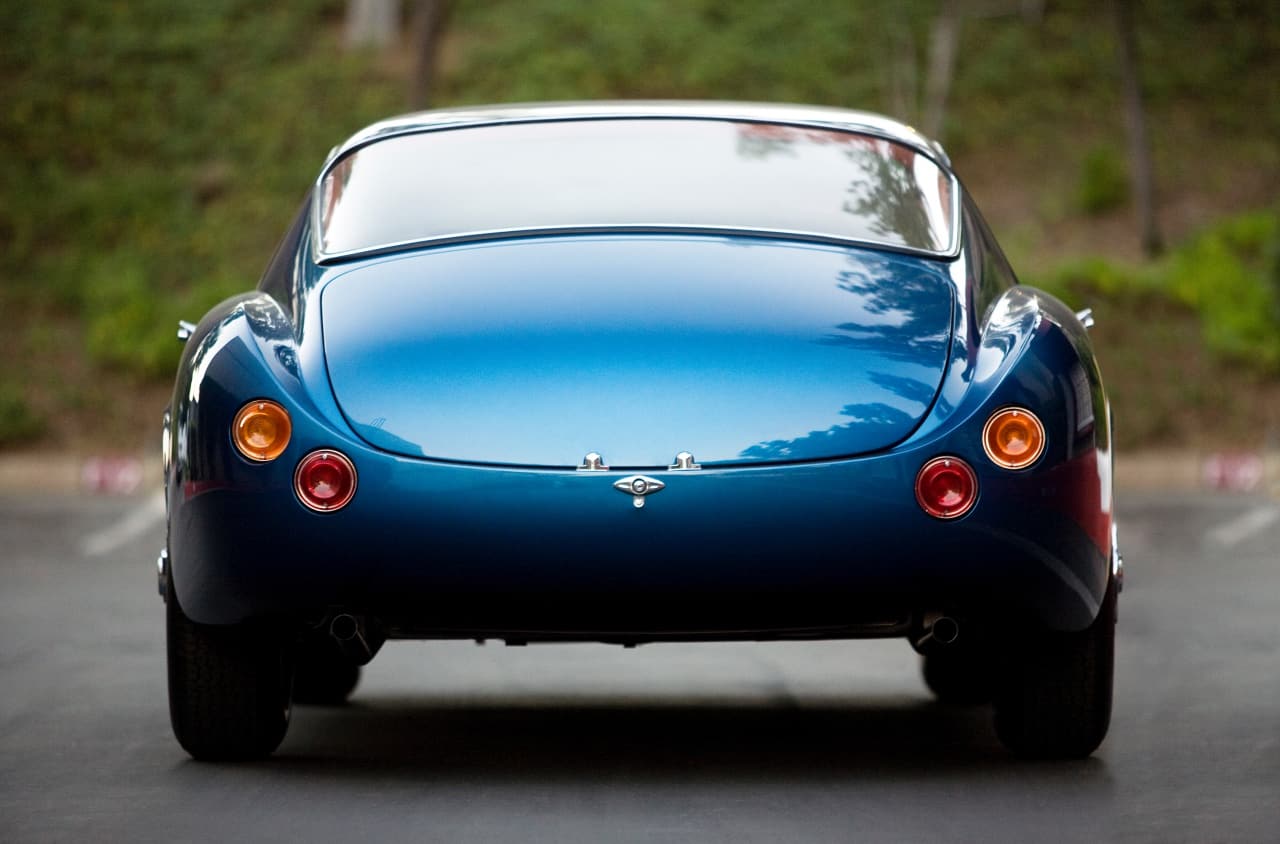
“Ferrari looked at Scaglietti and said, ‘How many are you going to do?’ And he said, ‘We’re just going to do three.’ Ferrari said: ‘Good. If you do one more, you’ll never do another car for me.’ And walked out.”
Today, by the way, Carrozzeria Scaglietti’s factory is where Ferrari creates the aluminum frames for its supercars.
The three cars the carrozzeria built for Laughlin aren’t identical. The first version is more rounded, less athletic-looking, and features a Corvette grille — apparently to appease the powers that were at General Motors. It also came with a plastic windshield. Coupes two and three are very similar. They are the versions that look closest to the Ferrari Tour de France. Their countenance has changed a bit over the years as successive owners added a scoop here, fender vents there, driving lights in the grille, etc.
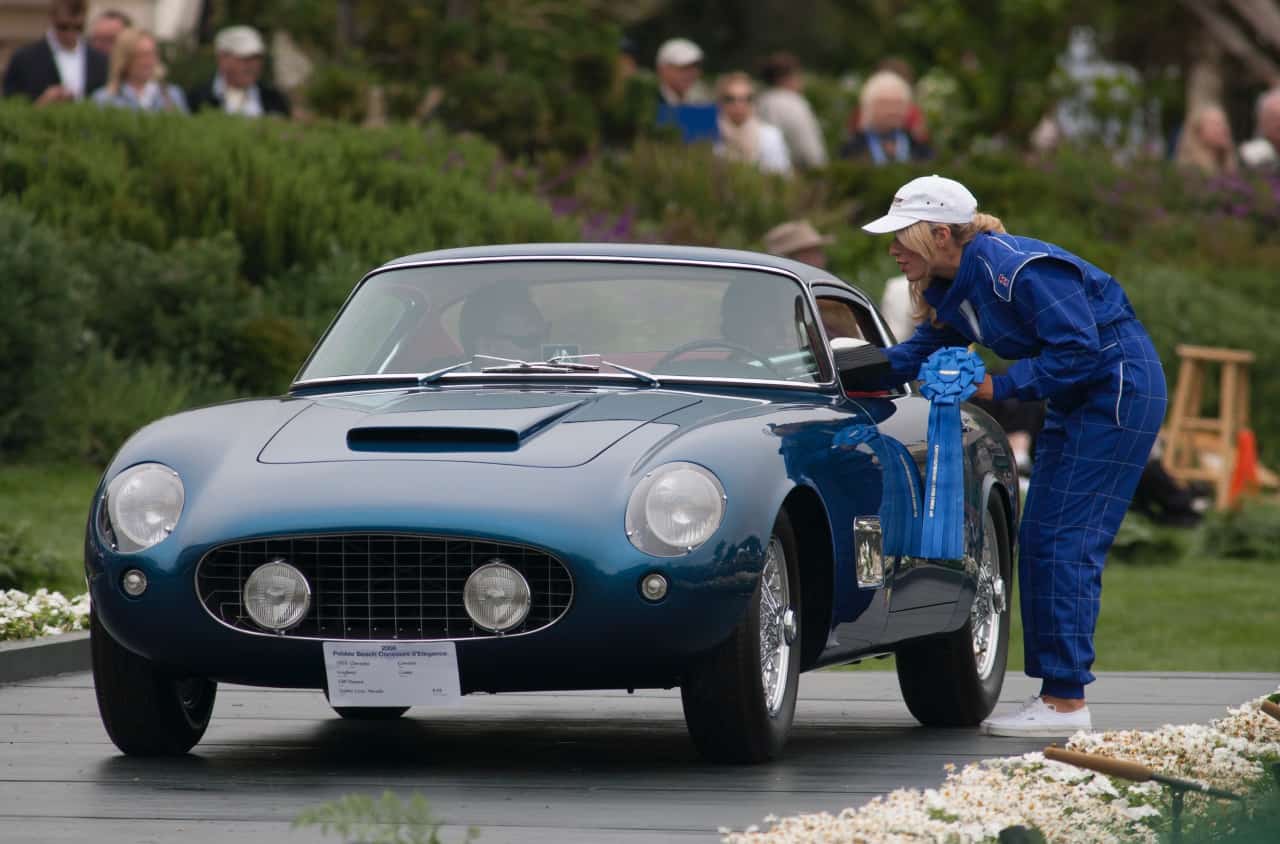
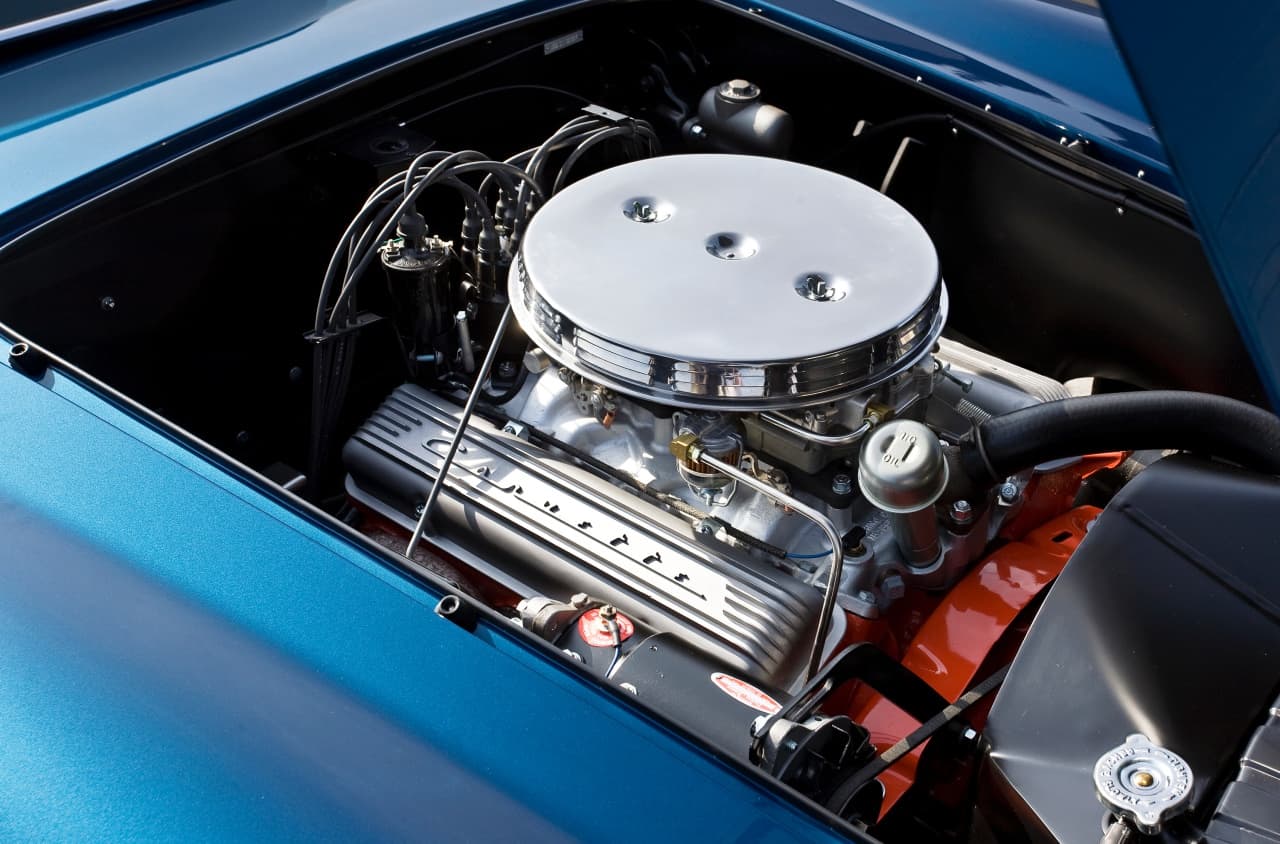
With the American chassis, Scaglietti had to fit the body over a broader footprint. While the Corvette’s wheelbase was only 0.4 inches shorter than the Ferrari’s 102.4 inches, the front/rear tracks were 57 inches/59 inches and the Italian’s measured 53.3 inches/53.1 inches. Scaglietti was able to gain a big advantage in weight versus the stock Corvette. His cars’ thin aluminum bodies — T.C. Brown wrote in Road & Track that “you could stick your thumb through it on a warm day” — left his Corvettes some 400 pounds lighter than the production fiberglass cars.
The added width was likely welcomed by tall Texans, and when you inspect the cars, you can see how the interiors are intentionally large and devoid of such intrusions as center consoles. Even when “completed,” there were hassles with the cars being unfinished, like improper side windows and windshield problems. Seemingly there had been no provisions in the deal with Scaglietti to finish the cars’ interiors. The only gauge provided was for oil pressure, so Stewart Warner gauges — known more for their accuracy than beauty — were added after the cars arrived in the States.
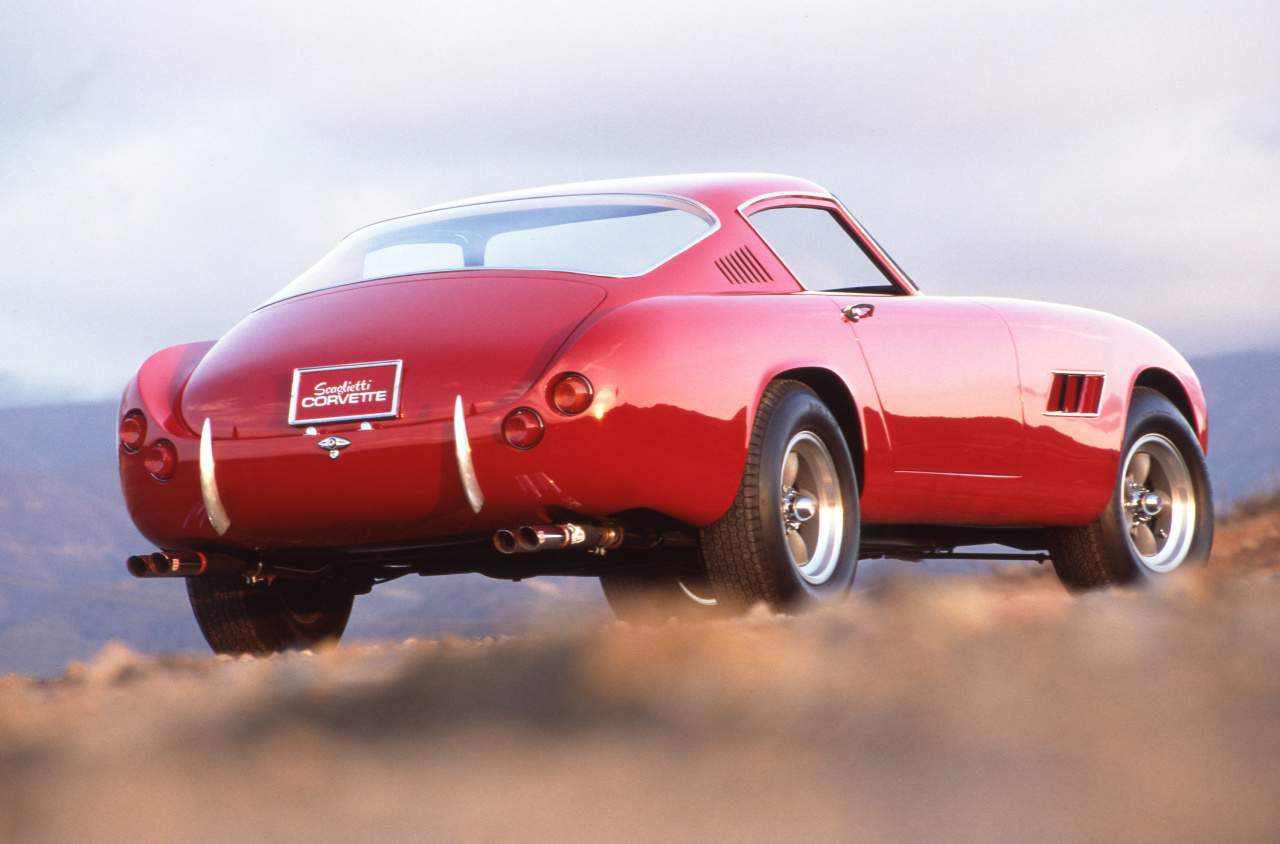
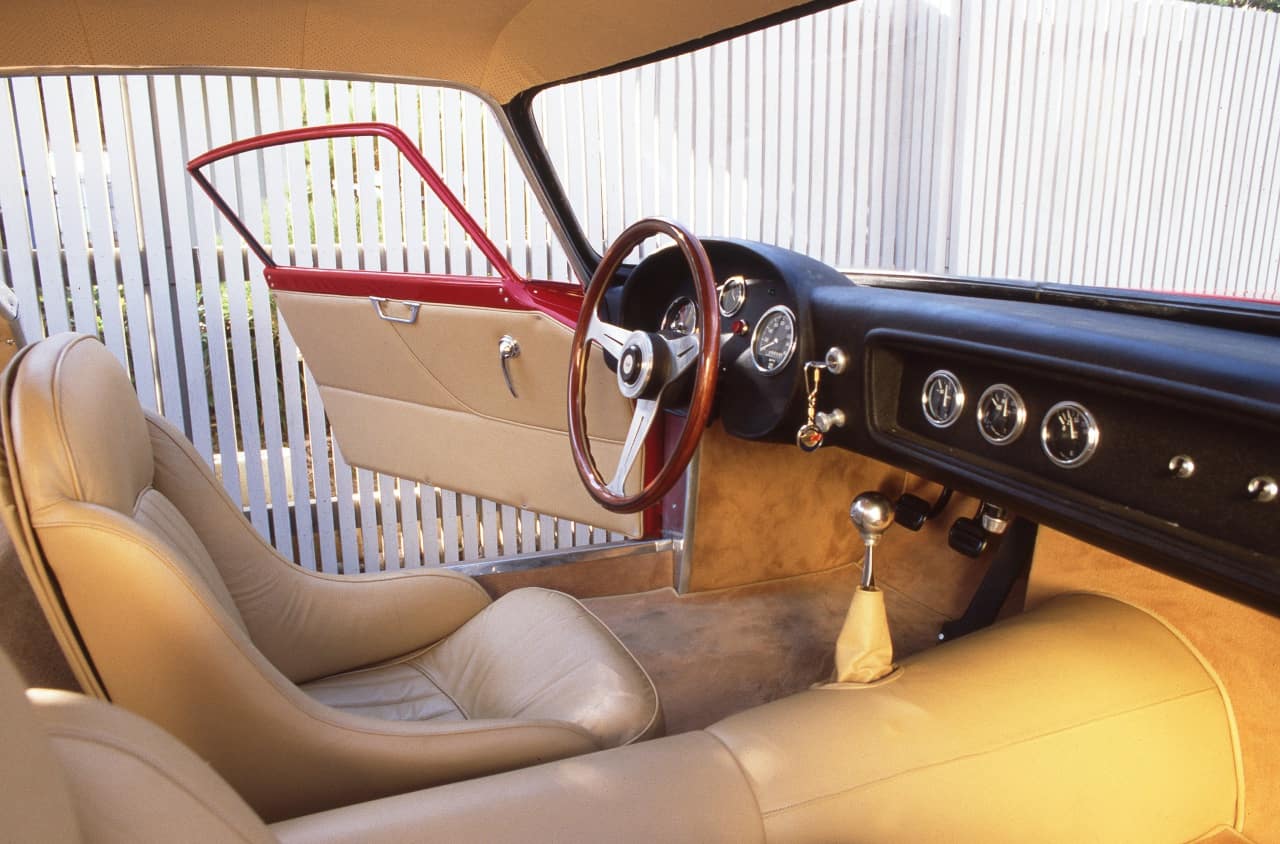
So, did the trio of Scaglietti Corvettes become beloved automotive hallmarks? Well, yes and no.
Laughlin took delivery of J59 S1 02405 but didn’t keep it long. One report has him driving it from Galveston, Texas, to Dallas when he became alarmed as the front began to lift at speed. Hall kept his for a while, but he also sold it, while Shelby, claiming too little cash, never took delivery of his Scaglietti Corvette.
Over the years, though, some owners loved their cars. Fred Gifford owned Laughlin’s car for 26 years and apparently drove it some 27,000 miles. It’s reported Don Weeks owned the Hall Corvette from 1960 until 1989 and put some 140,000 miles on the car.
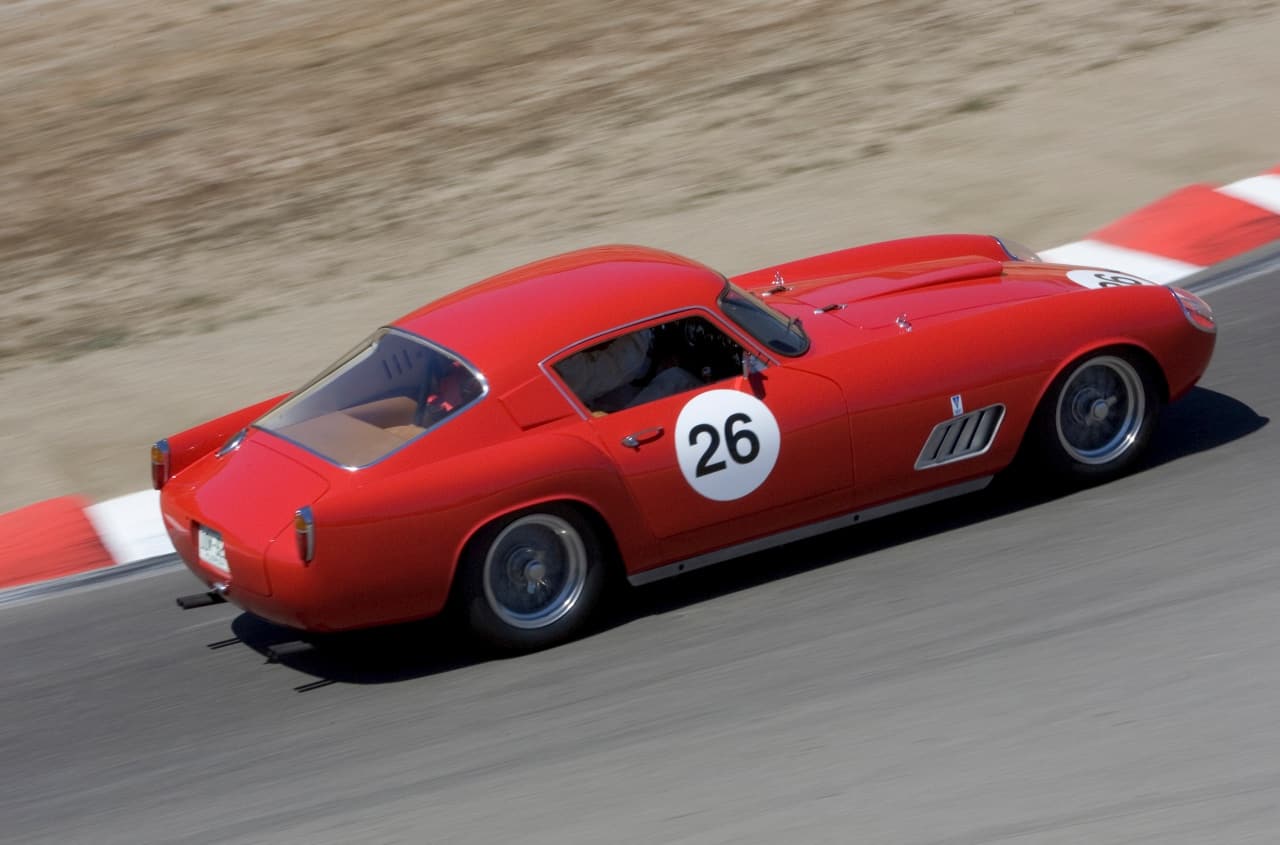
At one time, Chuck Brahms owned all three of the Scaglietti cars (one reported to then be pickle green), and Barry Watkins had two at once.
The Laughlin car spent some time in Akinori Sato’s collection in Japan and was later owned by well-known collector Bud Lyon. It is now in a private collection.
Hall’s car also went overseas, to Patrick Getriede’s collection in France in 1990, where it remained for a dozen years. Next it was shipped back to the U.S. and the collection of Cliff Hansen, who painted it blue and showed it at Pebble Beach. The next — and current– owner? It’s part of the collection of Bill Marriott of the famed hotel chain, and he apparently enjoys his Scaglietti Corvette.
In 2000, the third (not-quite-Shelby) Italian Corvette was bought at a Barrett-Jackson auction for $150,000 by the Petersen Automotive Museum. It is still part of that collection today.
While owners have enjoyed their Scaglietti Corvettes for their beauty, those who thought of them as high-performance machines weren’t as enthusiastic. Watkins explained: “They just weren’t that precious of a car, except to look at. The feel of driving them, well, they just didn’t have it. They felt heavy, they felt slow, the seat was just in the wrong position. It just wasn’t a really great car from that standpoint.”
As for any potential GM involvement, Shelby, who helped get the chassis, told us years later, “GM president Ed Cole had said, ‘Let’s build some lightweight Corvettes.’ Zora went to the GM chairman and said, ‘We don’t need two sports cars, and Ed Cole is trying to build some sports cars in Italy with Carroll Shelby.’ They stopped that.”
Cole called him one night at the Reale Fini Hotel in Modena, according to Shelby, “and said: ‘I never gave you those three son of a bitches, and don’t you ever tell anybody that I did. That’s history. I just got my ass chewed out real good for it.’
“I said, ‘Yes sir, Ed.’
“I saw him about six months later, and he said: ‘Jesus, that created some problems. You don’t understand in a big corporation how people protect their turf.’”
Would that have been about the time Shelby wrote to AC, asking if they could build an Ace that would accommodate a Ford V-8?


